- Home
-
My Models
-
AV History
- Airline History Blog
-
Airline Development
>
-
Liveries
>
- Aeroméxico Liveries
- Air China Special Liveries
- American Airlines Liveries
- British Airways Liveries
- Continental Airlines Liveries
- Delta Air Lines Liveries
- Eastern Air Lines Liveries
- Landor Liveries
- National Airlines Liveries
- Northeast Airlines Liveries
- Northwest Airlines Liveries
- Pan Am Liveries
- Trans World Airlines Liveries
- United Airlines Liveries
- Western Airlines Liveries
- Airbus A380s >
- Boeing 747 >
- Real Airport Histories >
- Plane Spotting >
- Aviation Stickers >
-
1:400 SCALE
- Collecting 1:400 Scale >
- The History of 1:400 Scale >
-
1:400 Brands
>
- Aeroclassics >
- Airshop Diecast
- AURORA Models
- Aviation400 (2007-2012)
- Big Bird 400 Your Craftsman
- Black Box Models
- Blue Box & Magic Models
- C Models
- Dragon Wings
- El Aviador 400
- Gemini Jets >
- JAL Collection / Jet Hut >
- Jet-X >
- MP4 Models
- NG Models >
- Panda Models >
- Phoenix Models >
- Seattle Models Co (SMA)
- Skyjets400
- Sovereign Models
- TucanoLine
- Witty Wings / Apollo
- Yu ModeLs
- 1:400 Custom Models >
- Production Numbers
- Zinc Rot
-
1:400 Moulds
- The Best Moulds >
- Airbus >
-
Boeing
>
- Boeing B-377 Stratocruiser
- Short Boeing 707s & 720s
- Boeing 707-320/420
- Boeing 717
- Boeing 727-100
- Boeing 727-200
- Boeing 737-100/200
- Boeing 737-300 >
- Boeing 737-400
- Boeing 737-500
- Boeing 737-600
- Boeing 737-700/800/900 >
- Boeing 737 MAX
- Boeing 747-100/200 >
- Boeing 747-400 >
- Boeing 747SP
- Boeing 747-8 Interactive
- Boeing 747LCF Dreamlifter
- Boeing 757-200 >
- Boeing 757-300
- Boeing 767-200
- Boeing 767-300
- Boeing 777-200
- Boeing 777-300
- Boeing 787
- British >
- Douglas >
- Lockheed >
- Other >
- Chinese >
- Soviet >
- Smallest Moulds in 1:400
-
1:400 Reviews
-
Model News
- Model Blog
-
New Mould Samples
>
- Aviation400 >
- JC Wings >
-
NG Models 400 Scale
>
- Airbus A318
- Airbus A319/320 CEO
- Airbus A319/320 NEO
- Airbus A321CEO & NEO
- Airbus A330-200/300
- Airbus A330 Beluga XL
- Airbus A330-800/900
- Airbus A340-200/300
- Airbus A350-900
- Airbus A350-1000
- Boeing 737-600/700/900
- Boeing 737-600 Refresh
- Boeing 737-800
- Boeing 737 MAX-8/MAX-9
- Boeing 737 MAX-7/MAX-10
- Boeing 747-100
- Boeing 747-200
- Boeing 747-400
- Boeing B747SP
- Boeing 747-8I
- Boeing 747-8F
- NG 747s Together
- Boeing 757-300
- Boeing 767-200/300 >
- Boeing 767-400 >
- Boeing 777-200
- Boeing 777-300/300ER
- Boeing 787-8
- Lockheed L-1011 Tristar
- Lockeed Tristar 500
- McDonnell Douglas MD-80
- McDonnell Douglas MD-87
- Tupolev Tu-154
- Tupolev Tu-204/Tu-214/Tu-234
- NG Models 200 Scale >
- Phoenix Models >
- Yu ModeL >
-
1:600 SCALE
- DIORAMAS
Despite collecting for almost 10 years now until recently I had never held a Magic Models release in the hand. This changed when I found an Air Gabon for sale on eBay but the aircraft that arrived was neither the airline I expected or in once piece. I recently missed out on the Gabon 747 again but as a consolation picked up a nice example of a Magic 747 in the colours of the French carrier Minerve. Unfortunately when that arrived it too was broken. As with the first disappointment the left side horizontal stabiliser had snapped off, but also in this case the right side wingtip aerial was broken into several pieces. I managed to refix the stabiliser but the aerial was beyond repair. I also came to an agreement with the seller regarding a partial refund. Even with the defects it is a nice model and allows me to talk a little about Minerve. Nonetheless Magic Models seem very brittle and along with their history of Zinc rot and bubbling it is worth avoiding them unless you have no other option. For more details see my Boeing 747-100/200 mould review. MinerveUntil the 1990s France was a heavily regulated aviation market and there was little room outside the government sanctioned airlines of Air France, Air Charter, Air Inter and UTA. In many ways therefore the creation of Minerve by René Fernand Meyer as a private charter airline was a bold move. Even most of the other existing French airlines like Euralair and Europe Aero Service had ties to Air France. The initial equipment couldn't have been more French - the successful and common Sud Aviation SE-210 Caravelle. Granted traffic rights within Europe and the Mediterranean region a pair began operations in November 1975. By mid-1978 the failure of Catair had helped increase Minerve's passenger numbers to 178,000 and by the next year 5 Caravelles were operating from Paris, Lyon and Toulouse. About 80% of the airline's traffic was inclusive tour (IT) charters on behalf of French tour companies. Minerve did not intend to remain a local tour operator and keenly fought the monopoly that Air France held on the routes to the many French overseas territories. By the end of 1981 it had acquired a pair of ex-JAL DC-8-53s and been awarded rights to serve the French West Indies as long as all its service originated at Basel Mulhouse, be routed via Brussels and carry a specified number of foregin nationals. Nonetheless this minor victory was the beginning of the airline chipping away at the restrictive route permissions. It acquired rights also to serve such far flung outposts as Dakar, Mombasa, Asuncion and Lima then on December 7, 1982 it hit the jackpot. A government decree allowed it service to a multitude of destinations in Canada, USA, South America, the Caribbean, Gabon, the Ivory Coast, Nepal and Burma. It also gained permission to fly to the French West Indies although still not from France (it could do so only from other European nations). By the end of 1983 a permanent certificate to serve the USA with Charters was achieved. To operate these flights an ex-VIASA DC-8-63 is purchased and converted into a series 73. It joins the fleet in June 1984 ready for the opening of weekly flights to San Francisco and Los Angeles the next month. Success for Minerve continued. Finally in July 1986 the airline got what it craved - access to the French overseas territories from Paris, rather than Mulhouse and Brussels. Minerve kept the backing of its main client, the tour operator 'Nouvelles Frontières' but could also now market its flights directly. Further stretch DC-8s joined the fleet. In September 1986 Paris-San Francisco-Papeete flights began. To strengthen its services a pair of subsidiaries were opened as Minerve Canada and Minerve Antilles/Guyane. Up until this point Minerve had never really had a coherent image. The Caravelles and early DC-8s were flown in an anonymous livery with an all white tail, simple red cheatline and small Minerve titles. The airline itself was named after the Roman goddess Minerva. She was the goddess of wisdom and strategic warfare and one wonders whether this represented the long strategy Meyer had gradually implemented? 1987 was a watershed year for the airline. It now had a global charter route network and in April began to receive the first of 6 new MD-82s to replace its Caravelles. These were the first MD-80s in France and wore a new exciting colour scheme. The goddess Minerva sat proudly on the tail inside a burgundy circle. A burgundy low cheatline stripe was topped by patriotic blue, white and red striping. The year 1987 was topped off when Minerve became the first charter airline in France to acquire a Boeing 747. The series 283B was an ex-SAS aircraft (SE-DDL and LN-AET) built in 1971. She became F-GHBM and was configured in a 467 seat layout for use on the West Indies routes in co-operation with Nouvelles Frontières. By January 1988 she was also operated on the Paris - Reunion service. Termed public service charters these routes ran like scheduled services. Unfortunately neither of Minerve's foreign charter operations proved successful and both folded quite quickly. Along with the purchase of shareholdings in Jet Fret and the setup of Jet Alsace the airline began to run short of cash. Nonetheless expansion continued. Services opened to Mexico (Acapulco and Cancun), Guyana, Miami and Thailand (Phuket and Bangkok). In 1989 Haiti, Brazil, Barbados and Kenya joined the network along with the first DC-10 (F-GGMZ). Fierce competition did begin to have an impact on Minerve however and services to the French West Indies from Paris, so long coveted, had to be withdrawn in July 1990. This was only two months after Minerve became the first airline to challenge Air Inter's domestic monopoly with a Paris (Orly) - Nice service.
It became part of Swissair's failed Qualiflyer group in 1999 and was merged into Air Liberte in 2001 only to see Swissair's failure lead the combined airline to collapse in August 2002. By then Minerve's sole 747 was long gone. She was retired from the AOM fleet in February 1993 and broken up towards the end of 1994. References
Minerve - Wikipedia Minerve - French Wikipedia 2000. Hengi, B I. Airlines Remembered Vomhof, K. Leisure Airlines of Europe. Scoval 1987. World Airline Colours 3. Aviation Data Centre.
0 Comments
Leave a Reply. |
AuthorI'm Richard Stretton: a fan of classic airliners and airlines who enjoys exploring their history through my collection of die-cast airliners. If you enjoy the site please donate whatever you can to help keep it running: Archives
July 2024
Categories
All
|
- Home
-
My Models
-
AV History
- Airline History Blog
-
Airline Development
>
-
Liveries
>
- Aeroméxico Liveries
- Air China Special Liveries
- American Airlines Liveries
- British Airways Liveries
- Continental Airlines Liveries
- Delta Air Lines Liveries
- Eastern Air Lines Liveries
- Landor Liveries
- National Airlines Liveries
- Northeast Airlines Liveries
- Northwest Airlines Liveries
- Pan Am Liveries
- Trans World Airlines Liveries
- United Airlines Liveries
- Western Airlines Liveries
- Airbus A380s >
- Boeing 747 >
- Real Airport Histories >
- Plane Spotting >
- Aviation Stickers >
-
1:400 SCALE
- Collecting 1:400 Scale >
- The History of 1:400 Scale >
-
1:400 Brands
>
- Aeroclassics >
- Airshop Diecast
- AURORA Models
- Aviation400 (2007-2012)
- Big Bird 400 Your Craftsman
- Black Box Models
- Blue Box & Magic Models
- C Models
- Dragon Wings
- El Aviador 400
- Gemini Jets >
- JAL Collection / Jet Hut >
- Jet-X >
- MP4 Models
- NG Models >
- Panda Models >
- Phoenix Models >
- Seattle Models Co (SMA)
- Skyjets400
- Sovereign Models
- TucanoLine
- Witty Wings / Apollo
- Yu ModeLs
- 1:400 Custom Models >
- Production Numbers
- Zinc Rot
-
1:400 Moulds
- The Best Moulds >
- Airbus >
-
Boeing
>
- Boeing B-377 Stratocruiser
- Short Boeing 707s & 720s
- Boeing 707-320/420
- Boeing 717
- Boeing 727-100
- Boeing 727-200
- Boeing 737-100/200
- Boeing 737-300 >
- Boeing 737-400
- Boeing 737-500
- Boeing 737-600
- Boeing 737-700/800/900 >
- Boeing 737 MAX
- Boeing 747-100/200 >
- Boeing 747-400 >
- Boeing 747SP
- Boeing 747-8 Interactive
- Boeing 747LCF Dreamlifter
- Boeing 757-200 >
- Boeing 757-300
- Boeing 767-200
- Boeing 767-300
- Boeing 777-200
- Boeing 777-300
- Boeing 787
- British >
- Douglas >
- Lockheed >
- Other >
- Chinese >
- Soviet >
- Smallest Moulds in 1:400
-
1:400 Reviews
-
Model News
- Model Blog
-
New Mould Samples
>
- Aviation400 >
- JC Wings >
-
NG Models 400 Scale
>
- Airbus A318
- Airbus A319/320 CEO
- Airbus A319/320 NEO
- Airbus A321CEO & NEO
- Airbus A330-200/300
- Airbus A330 Beluga XL
- Airbus A330-800/900
- Airbus A340-200/300
- Airbus A350-900
- Airbus A350-1000
- Boeing 737-600/700/900
- Boeing 737-600 Refresh
- Boeing 737-800
- Boeing 737 MAX-8/MAX-9
- Boeing 737 MAX-7/MAX-10
- Boeing 747-100
- Boeing 747-200
- Boeing 747-400
- Boeing B747SP
- Boeing 747-8I
- Boeing 747-8F
- NG 747s Together
- Boeing 757-300
- Boeing 767-200/300 >
- Boeing 767-400 >
- Boeing 777-200
- Boeing 777-300/300ER
- Boeing 787-8
- Lockheed L-1011 Tristar
- Lockeed Tristar 500
- McDonnell Douglas MD-80
- McDonnell Douglas MD-87
- Tupolev Tu-154
- Tupolev Tu-204/Tu-214/Tu-234
- NG Models 200 Scale >
- Phoenix Models >
- Yu ModeL >
-
1:600 SCALE
- DIORAMAS

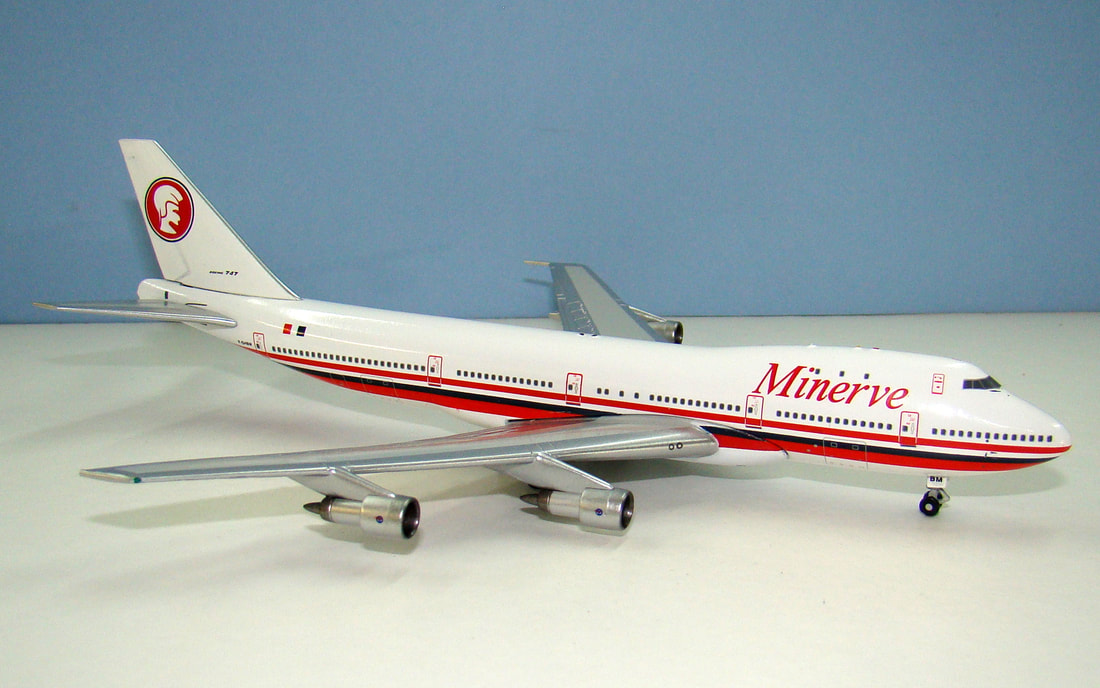
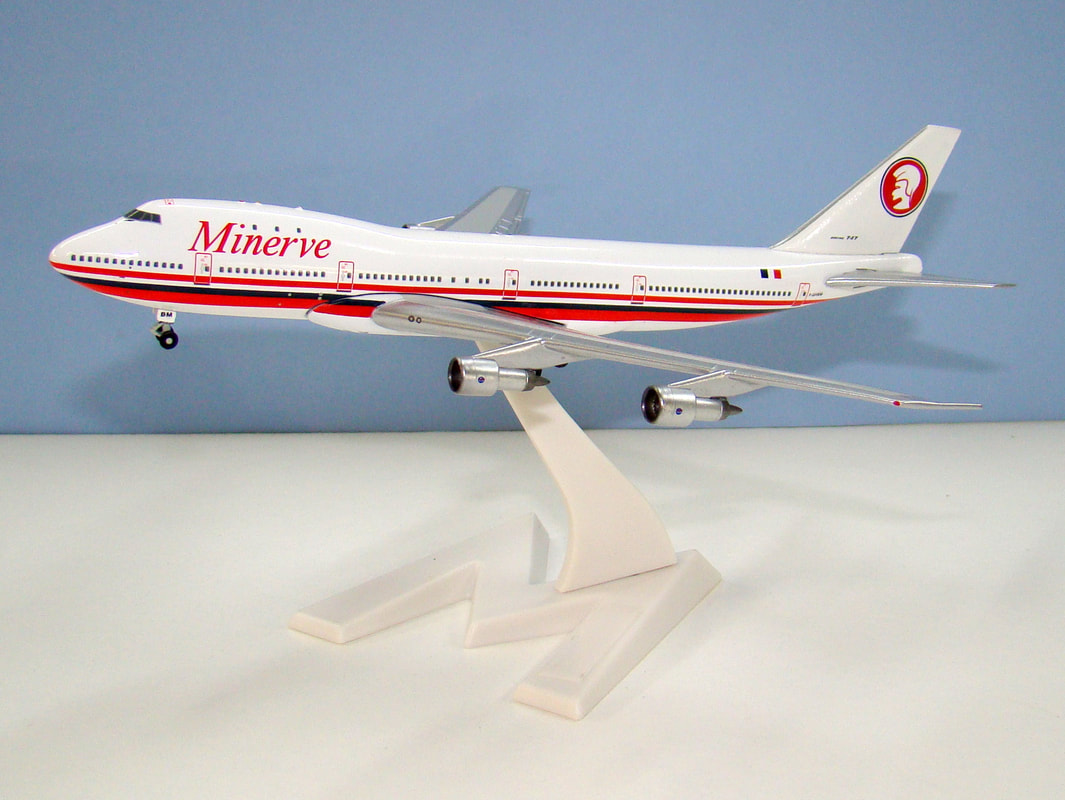
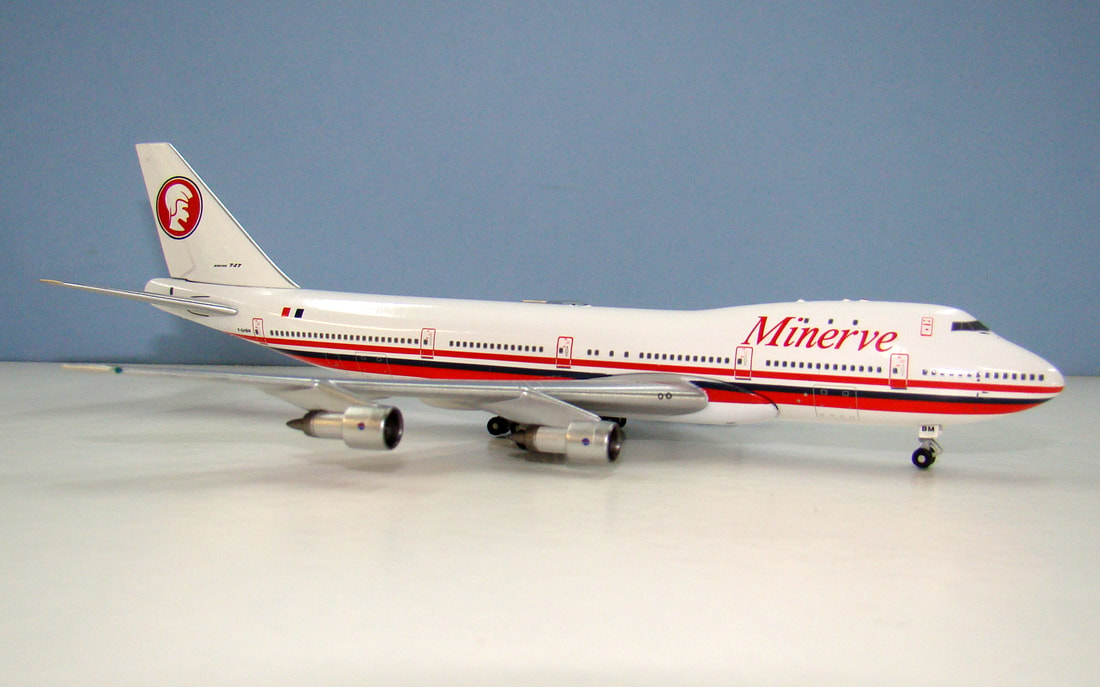

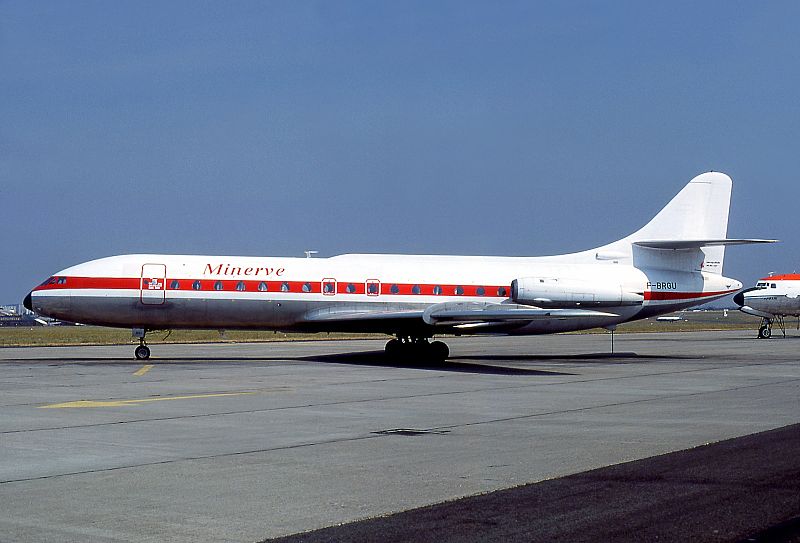
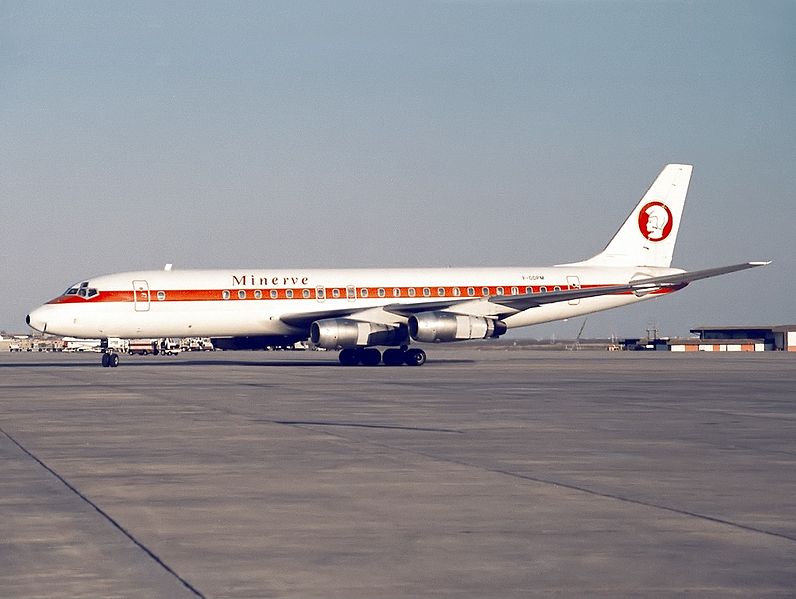
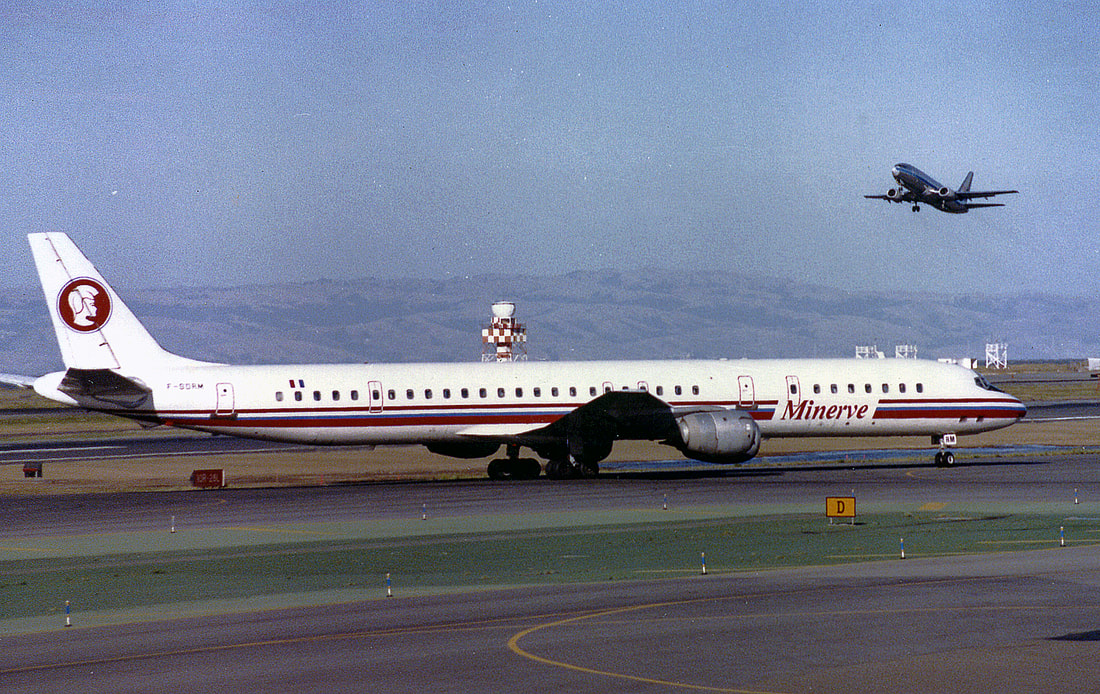
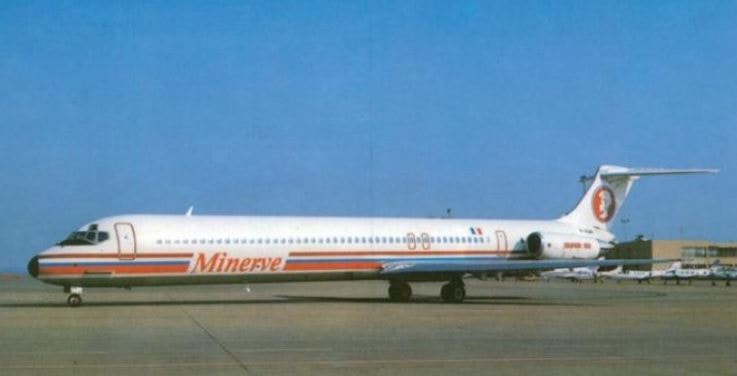
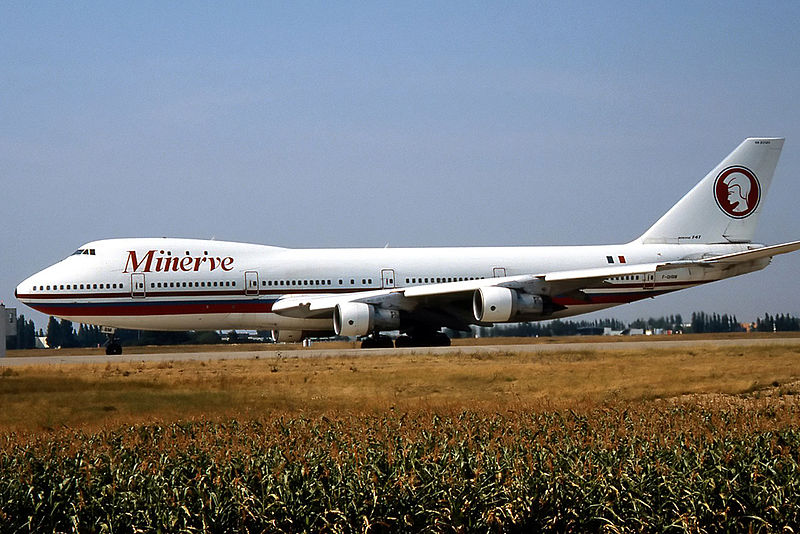
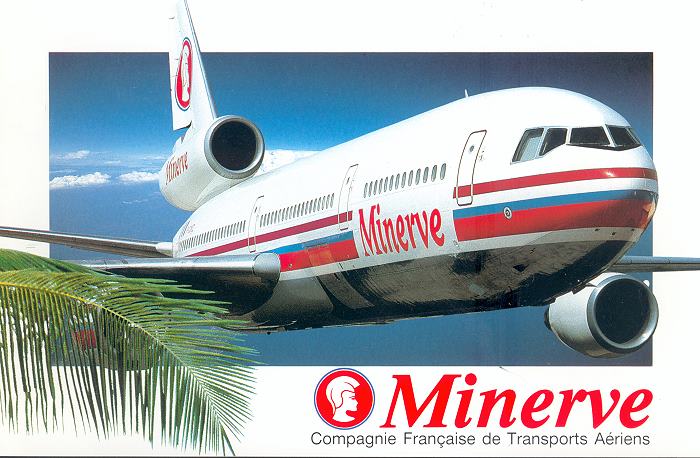
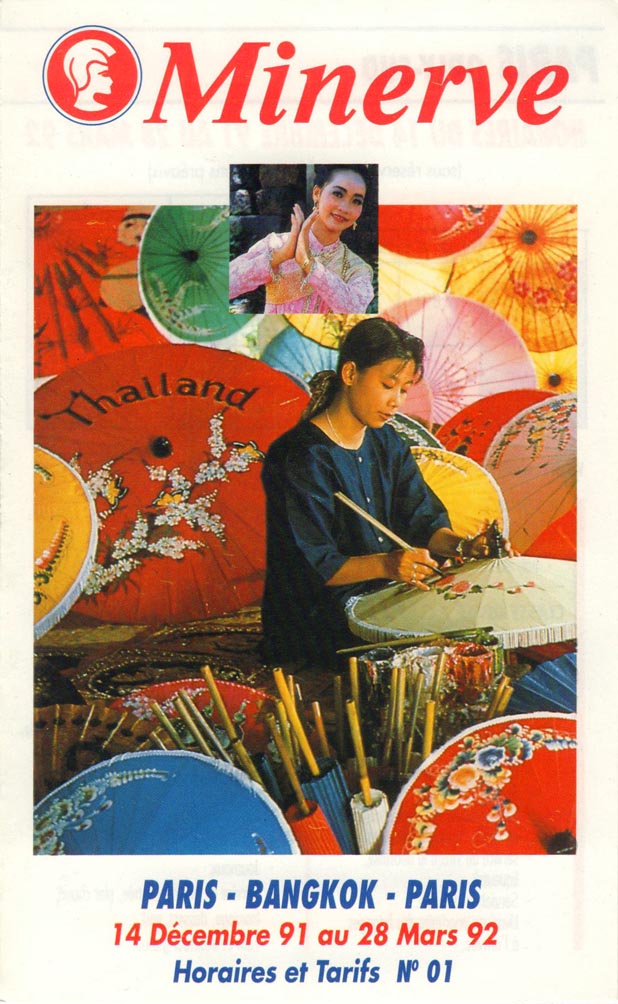
 RSS Feed
RSS Feed